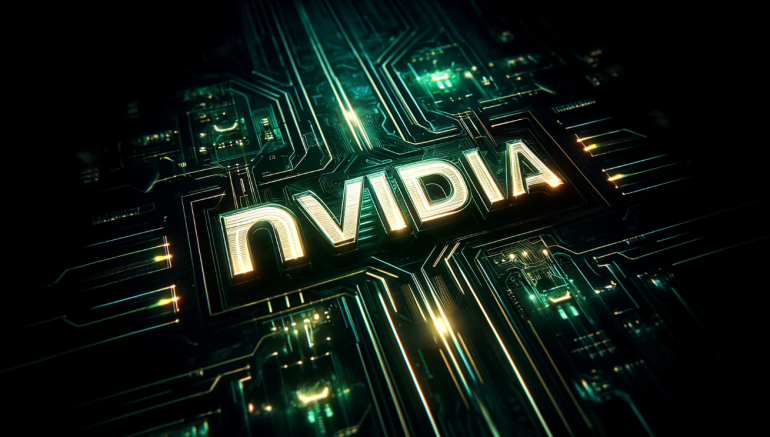- NVIDIA unveils new visual generative AI technologies at CVPR 2024.
- Innovations include customized image generation, 3D scene editing, and enhanced visual language understanding.
- Breakthroughs like JeDi and FoundationPose revolutionize text-to-image and 3D object pose tracking.
- NVIDIA wins CVPR awards for research on diffusion models and high-definition maps for self-driving cars.
- NeRFDeformer simplifies 3D scene editing, while VILA excels in vision language comprehension.
Main AI News:
NVIDIA researchers are unveiling cutting-edge advancements in visual generative AI at this week’s Computer Vision and Pattern Recognition (CVPR) conference in Seattle. Their innovations range from customized image generation and 3D scene editing to enhancing visual language understanding and autonomous vehicle perception.
“In the realm of artificial intelligence, generative AI stands as a transformative leap,” emphasized Jan Kautz, NVIDIA’s VP of learning and perception research. “At CVPR, NVIDIA Research showcases our efforts to redefine possibilities—from robust image generation models empowering professional creators to autonomous driving software poised to drive the next wave of self-driving vehicles.”
Among the 50 groundbreaking NVIDIA research projects presented, two papers have been shortlisted for CVPR’s prestigious Best Paper Awards. These include studies on the training dynamics of diffusion models and the development of high-definition maps crucial for self-driving cars.
Furthermore, NVIDIA achieved a significant milestone by winning the CVPR Autonomous Grand Challenge’s End-to-End Driving at Scale track, surpassing 450 global entries. This recognition underscores NVIDIA’s leadership in leveraging generative AI to advance comprehensive self-driving vehicle models, culminating in an Innovation Award from CVPR.
A highlight of the conference is JeDi, a groundbreaking technique enabling rapid customization of diffusion models—the leading approach for text-to-image generation. This innovation allows creators to depict specific objects or characters swiftly, reducing reliance on laborious fine-tuning processes with custom datasets.
Another notable breakthrough is FoundationPose, a pioneering model that instantly tracks the 3D pose of objects in videos without requiring per-object training. This breakthrough sets a new performance benchmark and opens avenues for augmented reality and robotics applications.
NVIDIA researchers also introduced NeRFDeformer, a method revolutionizing 3D scene editing by enabling edits to Neural Radiance Field (NeRF) scenes using a single 2D snapshot. This innovation promises to streamline graphics, robotics, and digital twin applications by eliminating the need for manual reanimation or recreating entire NeRF setups.
In the realm of visual language models, NVIDIA partnered with MIT to develop VILA, a cutting-edge family of models excelling in understanding images, videos, and text. With superior reasoning capabilities, VILA can even interpret internet memes by integrating visual and linguistic comprehension.
NVIDIA’s expansive research at CVPR spans multiple industries, including autonomous vehicle perception, mapping, and planning. Sanja Fidler, VP of NVIDIA’s AI Research team, discusses the transformative potential of vision language models for self-driving cars.
The breadth and depth of NVIDIA’s CVPR contributions illustrate how generative AI is empowering creators, expediting automation in manufacturing and healthcare, and driving advancements in autonomy and robotics.
Conclusion:
NVIDIA’s advancements in visual generative AI showcased at CVPR 2024 mark a significant leap forward in technology applications across industries. These innovations not only empower creators with more efficient tools but also drive progress in autonomous vehicles, robotics, and digital content creation. The integration of advanced AI capabilities promises to reshape market dynamics by accelerating automation and enhancing productivity in diverse sectors.

